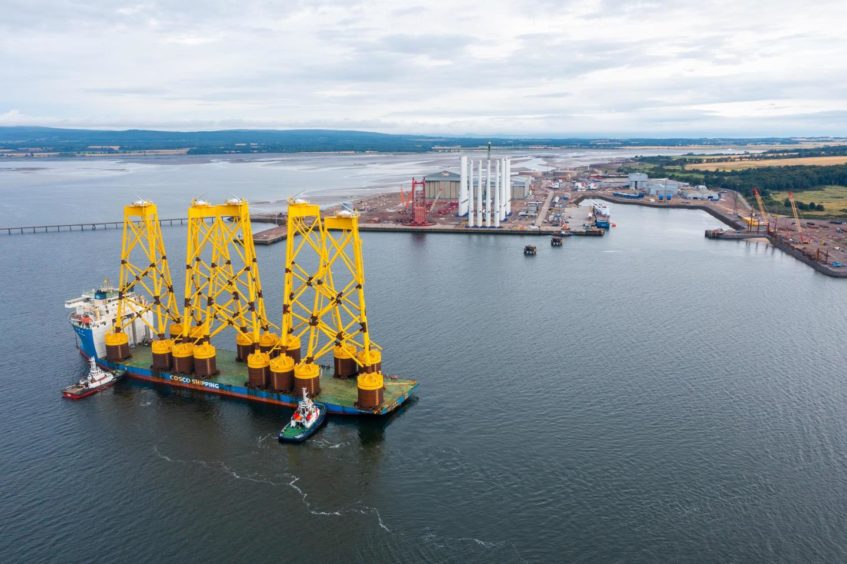 © Shutterstock
© Shutterstock Crown Estate Scotland has confirmed that all 17 successful ScotWind applicants now have option agreements in place.
It means they can now progress with their offshore wind projects and move into the development stage.
Winners of the hotly contested leasing round, which attracted 74 applications, were announced in January, with the likes of BP, Shell and TotalEnergies coming up trumps.
Full seabed leases will be granted at a later stage once developers have the necessary consents from regulators, such as Marine Scotland.
They will also need to secure financing and consents to hook their projects up to the grid.
A key focus of ScotWind is encouraging supply chain investment to develop the Scottish projects and aid with a just transition.
Applicants were required to outline their commitments to use local content as part of their bid for an option agreement.
They will then be updated throughout development as project specifics, such as timing and technology, become clearer.
Summaries of all initial commitments – which indicate an average of £1 billion investment in Scotland per gigawatt of capacity built – will be published by Crown Estate Scotland in the coming weeks.
Colin Maciver, head of offshore wind for the public body said: “Seventeen agreements are now in place to help deliver these offshore wind projects that are central to Scotland’s efforts to tackle the climate emergency, secure the UK’s energy supply, and generate billions of pounds of investment in Scotland.
“This is an early but critical step towards having turbines in the water, ready to generate clean energy. We look forward to working with all applicants over the years to come.”
Securing an option agreement is just the first stage of an extensive process that the offshore wind projects will go through, with planning, consenting, and financing still to come.
Responsibility for the steps ahead lies with developers and schemes will only progress to a full seabed lease once all these various planning stages have been completed.
ScotWind has also set up a clearing process that allows applicants who were unsuccessful in ScotWind but hit the required standards to revise their application.
Among the areas up for grabs is the NE1 zone to the east of Shetland that wasn’t picked up by any winners.
The deadline for clearing applications will be confirmed soon, with any resulting option agreements to be signed later in 2022.

